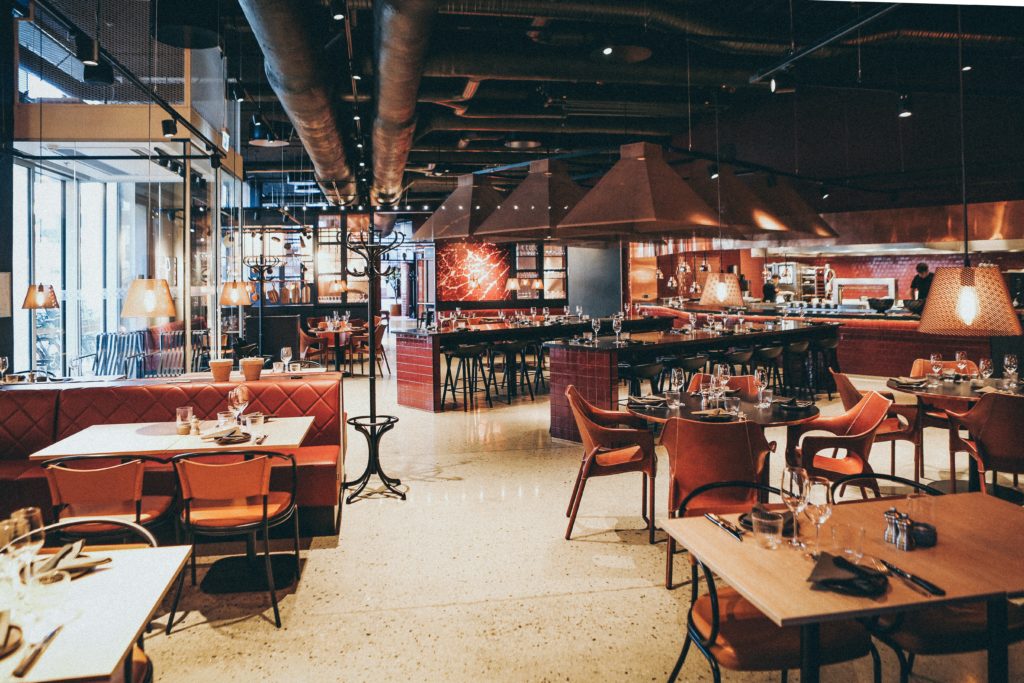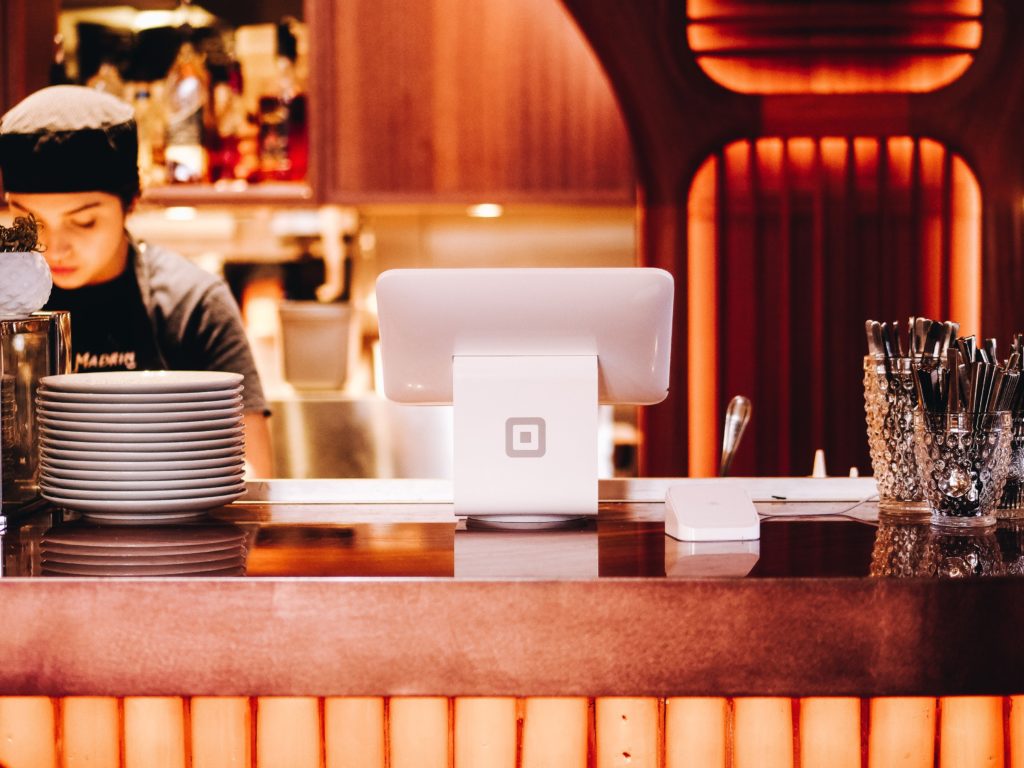One of the biggest mistakes new restaurant owners make is trying to seek everyone out and catering to them.
The reality is without having the right target audience for restaurants, it would be a struggle to attract and retain clients.
If you want to succeed in the restaurant industry, first you need to recognize the customers who are most likely to dine at your restaurant.
The more you know about the details of your target audience, the more your marketing tactics will be streamlined and successful.
In this article, we are going to talk about the target audience for restaurants and will be answering the two major questions: Why is it important for a restaurant to identify a specific target market?
And, How to find the target audience for restaurants?
What is the target audience for restaurants?
The target audience for restaurants is a customer category – in this case, diners – that you are going to try to appeal to and attract.
They are the people with the greatest probability of buying what you are offering.
The restaurant target audience is a particular segment of the larger dining industry.
A comprehensive study of the following determines target markets:
- Demographics: Population segments divided by shared characteristics, including sex, age, income, religion, education, race, and geographical location
- Psychographics: Classifying people by their attitudes, values, and aspirations
- Behavior: Population segment analysis according to potential behaviors of the customers, including buying habits, spending habits, hobbies, and digital behavior

Why is it Important for a Restaurant to Identify a Specific Target Audience?
While it may take time upfront, determining a target market allows you to focus your marketing efforts in the most cost-effective manner possible.
Start by defining your product or service clearly, and then define the person or business who will want to use what you have to offer.
Understanding customer needs is absolutely important.
By using meticulous market analysis, like conducting a focus group, reading business feedback, or doing a customer survey, you will be able to discover ways you can meet consumer needs.
This basic concept is specifically important in the restaurant industry as it is unbelievably oversaturated.
In a 2018 article in the New York Times addressing restaurant industry over-saturation, the author shared statistics from TDn2k that claim the restaurant industry is currently rising at a 2x population rate.
That is super fast! With more than 1,000,000 restaurant locations in the U.S. and 660,000 businesses around restaurants, the odds are heavily against a first-time guest becoming a regular customer: According to the previous statistics, a guest might potentially come to your restaurant, leave, and go to a different restaurant every day for 1800 days.
Restaurateurs need to find successful ways of standing out and producing repeat sales to stay competitive.
One of the most successful ways to do so is to recognize the target audience for restaurants.
Identifying and knowing the target customer at your restaurant helps any owner in the following ways:
- Understand who is actively spending money at your restaurant
- Expand your customer base by targeting potential customers close to those already supporting your restaurant
- Train staff to identify repeat customers and tailor their service accordingly when they are in your restaurant
- Increase the ROI of your restaurant marketing efforts by knowing where your customers are most likely to interact successfully with you and your message
- Find out about your rivals and figure out ways to differentiate your restaurant from their services
- Nail down ways to improve your menu according to the preferences of your target audience
- Carry out specific promotions that will boost foot traffic and restaurant sales overall
- Build up a loyal network of repeat guests
- Boost word of mouth recommendations and positive online reviews
Investing time, energy, and resources in identifying your target customer will after all help you and the rest of your staff to deliver a more real guest experience every time they visit.

How to find the target audience for restaurants?
Phase one in identifying the target audience for restaurants includes collecting feedback from your workers in the form of personal observations, combined with cold, hard customer data.
Your goal is to find out who spends money at your restaurant (either in person or through digital channels of ordering), how often, and why.
From there, you can start exploring ways to connect with potential guests who share similarities with this existing supporter base and who are more likely to enjoy what your restaurant is all about.
It is important to think of the people you are trying to attract as individuals you are aspiring to serve, rather than just a demographic segment you are trying to attract.
Why is that so important? Because if you are talking to your potential guests as people and not necessarily “targets”, it will change the way you communicate.
Here are a few ways to kick-start the exploration process of the target audience for restaurants.
1. Dig into demographics in the area
Who lives and works near your neighborhood? Area demographics can help decide the buying behavior and mindset of your customer base.
Those who live in the immediate vicinity of your restaurant would most likely make up your walk-ins.
Questions you should be considering:
- Which type of area your restaurant is located in? Are you in the middle of a university campus, a busy downtown in a city? Or are you located in a small-town suburb?
- What does the major population seem like in your area? Earnings? Age? Singles or families?
2. Analyze sales data from the point of sale (POS) of your restaurant
The data collected on the point of sale system of your restaurant is a goldmine when it comes to studying and realizing consumer behavior.
Your point of sale will give you access to purchasing data, which menu items drive the most revenue, peak business hours, and more; which can be used to provide a full view of your client base.
Questions you should be considering:
- Do people come to your restaurant for both a short lunch and a relaxed dinner? Or just one or the other?
- At what times are they spending the most money in your restaurant? What items are most popular among them? Is the data changing every day or only on specific days?

3. Interview your restaurant staff about their experiences with customers
Your restaurant staff can tell you so much about your guests, even though the numbers do not lie.
The front of the house staff is the best source of information about what it is like to engage and interact with guests in real-time.
Gather their observations and thoughts during meal service in the form of a survey or a quick check-in.
Plus, personally observe your restaurant and your customers! Be the ‘Undercover Boss’ in your restaurant.
Observe who is sitting at the table beside yours? Are they immersed in conversation, or are they glued to their phones? How are their personality and attitude?
Questions you should be considering:
- Does it look like people are in a rush or are they pausing to chat?
- Are there regular customers sitting in your restaurant? Who are they? What do they order? How do they behave?
- Do you find different answers to these questions throughout the day, or does it stay constant?
4. Research your competition: What are the similar facilities up to?
Look at the customers in your surroundings who support similar concepts to get a sense of what your guests are choosing when they do not choose to dine at your restaurant.
This will help you understand ways you might have missed to focus on when communicating with your visitors; which will result in your guests choosing your rival instead of you.
Buy a meal at your competitor’s location, or if you are worried that they know who you are, have a family member or staff go instead of you to reimburse them.
Ask them to take note of their experience, other guests, and how your restaurant might do a better job based on what they are observing.
Questions you should be considering:
- How do they attract such guests?
- Do you observe any overlap with your own base of clients?
Examples of Target Audience for Restaurants
When you begin to evaluate your consumer data, insights from the staff, and responses to surveys, you will begin to find overlaps or similarities between different guests.
Train your staff in identifying these types of guests when they are at your restaurant; this will help you improve their experience, encourage repeat visits, and increase sales.
Here are some examples of target customer segments that you might see at your restaurant:
- The Foodie: It is all about the food for this guest. They are eager to meet the chef, have a tour of the kitchen, and buy signed versions of books. They are also very fond of sitting at the counter of the chef.
- The Instagrammer: The Instagrammer snaps and posts photos of the entire meal, and is really concerned about food presentation and the overall vibe of the restaurant. They want a waiter who knows how to take a group shot and make it a nice one for everyone.
- The Boomers: This customer arrives on the earlier side of the working hours and prefers music on the softer side.
- The Too-Busy Bee: This guest only has a short break for lunch and would not want to wait for food. This also applies to diners arriving at the pre-theatre time.
- The Solo Act: They come to your restaurant for the free wifi, they stay for the SOTD (Scone of the Day). This one is a remote worker who loves (and actually needs) to spend the whole day in the restaurant because he is tired of his roommates.
- The Family of Five: The grownups need good food, but also a menu that is child friendly. This guest segment needs to be in and out before the children start having a meltdown. But not too quick: they are trying to teach their children how to eat healthy food and act in new settings.
- The Parents Weekend Group: Your restaurant is cool enough for kids, but out of their budget in general. They come only when their parents are paying.
- The Brunch Crowd: Groups of millennials residing in the city who come in on Saturdays and Sundays to tell their friends about the avocado toast at your restaurant. It is literally as cliché as it sounds!
How Target Audience For Restaurants Affects Business Plans?
Each segment of a restaurant business plan is impacted by the target audience for restaurants.
Now that you have learned how to identify your target market, you need to learn a little about how the target audience for restaurants affects business plans.
Here is how the target audience for restaurants impacts multiple sections of your business plan.
- Concept: The atmosphere of your restaurant should be conceptualized based on the taste of your target market. What does your target audience receive from your customer experience they could not get elsewhere?
- Mission statement: Your mission statement must be designed to echo your target audience, as it appears on all internal and marketing materials.
- Menu and services: The main reason the target audience for restaurants visit any foodservice location is the menu and services. Your target market will determine what you are offering at your establishment and it is really important that you ask yourself the question: Will my target audience want what I am offering?
- Location: Your location should be selected based on where your target audience is most likely to reside, work, or play.
- Market trends: Your target market will determine which trends you need to be jumping on and which ones you should be ignoring.
- Competition: Defining your direct and indirect competition within your business plan is essentially dependant on your target audience. This is especially true in deciding indirect Competition, which may seem less evident. Indirect competition means you share a target audience while the principles of your restaurant can be totally different.
- Advantages, Opportunities, and Challenges: You must first understand your target audience to be able to define how your restaurant will contribute to it. Without this firm knowledge, what you are doing is basically a shot in the dark.
- Marketing: Channels for brand development, voice, messaging, and promotion can not be defined unless you know with whom you are trying to communicate.
- Team: Your target market should be represented in the people you employ.


